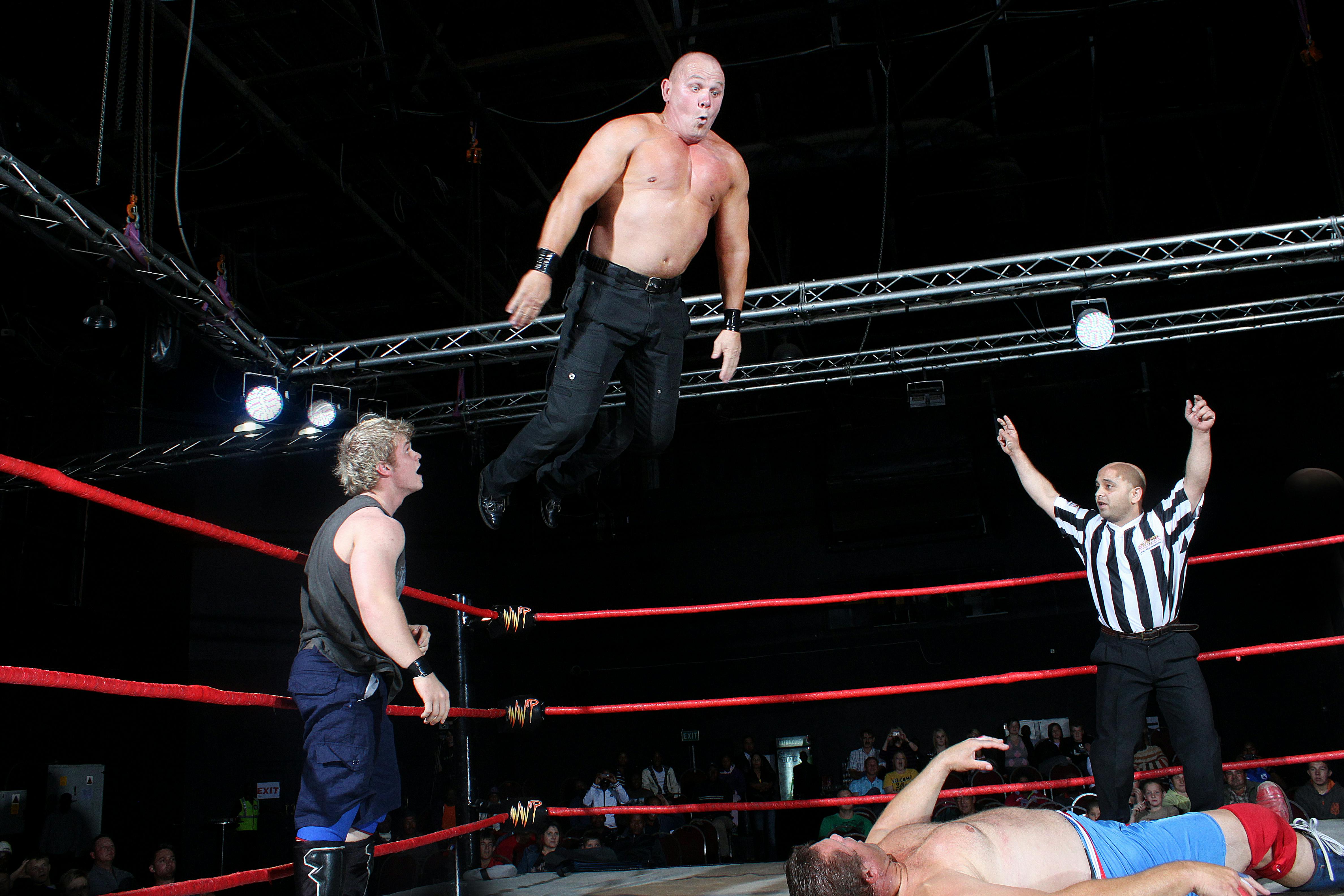
Wrestling fans deal with an absolute nightmare trying to watch their shows. You flip on your TV for Monday Night Raw and discover it has moved to some streaming service you don’t have. Wednesday comes around and AEW sits on a totally different platform. Don’t even get started on finding TNA, that’s like hunting for buried treasure.
This disaster took years to create. Wrestling companies jumped into streaming without any real plan, leaving fans to figure out the mess themselves.
The Great Platform Shuffle
Wrestling promotions scattered their content across every possible streaming service except the ones you already pay for. WWE took Peacock’s massive check and abandoned their loyal fans who had to scramble for new subscriptions. Meanwhile, international viewers still use WWE Network, creating confusion when discussing shows with friends overseas.
AEW chose chaos by splitting content between Max, cable television, and old-school pay-per-view models. It’s like they spun a wheel to decide where each show would land. However, when geographic blocks prevent you from accessing wrestling content from other regions, you can download PIA VPN for smoother access.
TNA Wrestling somehow made things even more confusing. They hop between obscure networks and regional services that most people have never heard of. Tracking down Impact Wrestling episodes requires detective skills.
Money Wrecks Fan Experience
Streaming platforms throw ridiculous amounts of cash at wrestling companies, and executives grab it without considering what fans actually want. Peacock knew wrestling addicts would follow WWE anywhere, so they bid aggressively to lock up exclusive rights.
You end up paying for multiple services you hate just to watch wrestling. Nobody wants Peacock for anything else, but WWE forces your hand. These companies exploit fan loyalty while streaming services use wrestling to boost their subscriber numbers artificially.
Even worse, they charge extra for major events after you already pay monthly fees. Weekly shows stream normally, but championship matches and big storylines get locked behind additional paywalls that drain your wallet.
International Viewers Miss Out
Every country handles wrestling streaming differently based on ancient TV contracts and strange local regulations. American solutions crash and burn in Europe because of legal complications that nobody bothered addressing before launching internationally.
WWE appears on Netflix in some countries, Amazon Prime in others, and random local channels elsewhere. These arrangements exist because of messy broadcasting deals signed decades ago that nobody wants to untangle now.
TNA faces even bigger problems since they can’t negotiate powerful international agreements. Finding their content legally outside specific regions becomes basically impossible when they depend on small local partners.
Technology Fails When You Need It Most
Live wrestling destroys streaming servers in ways that movies never could. Thousands of fans simultaneously watching creates crashes during every major event. WrestleMania turns into a buffering disaster while normal shows stream perfectly during quiet weeknight hours.
Music licensing ruins everything constantly. Entrance themes get muted, crowd noise disappears, and commentary segments vanish when rights expire. Classic matches become unwatchable shells of their original versions.
Old footage creates the biggest headaches since contracts from the 1990s never mentioned internet streaming. Entire pay-per-views disappear overnight when some obscure music deal expires or a retired wrestler’s contract includes weird exclusivity language.
The Mess Gets Worse
Wrestling streaming will become more chaotic before anyone fixes it. New platforms launch monthly while existing services disappear just as quickly. Wrestling companies constantly scramble to find new homes for their content, rarely improving anything for actual viewers.
You’re trapped in this transition period while corporations figure out how to squeeze maximum profits from digital distribution. Wrestling sits awkwardly between sports and entertainment, creating legal nightmares that complicate every business deal. The current system prioritizes corporate revenue over fan satisfaction, and that probably won’t change anytime soon.



